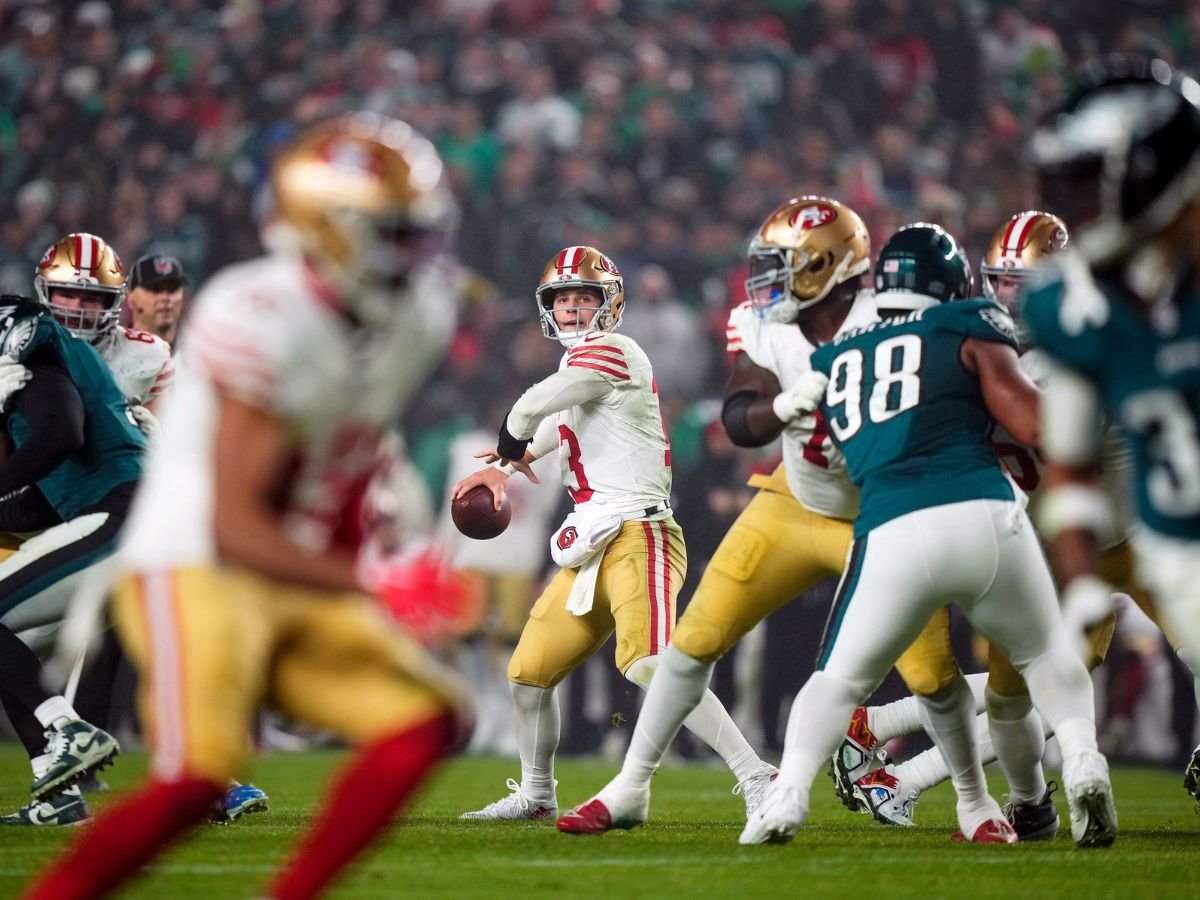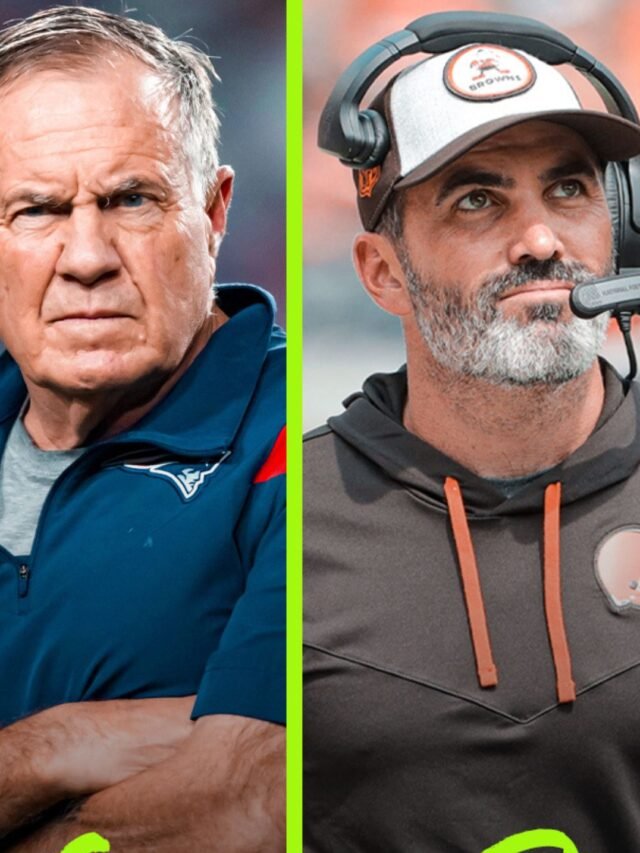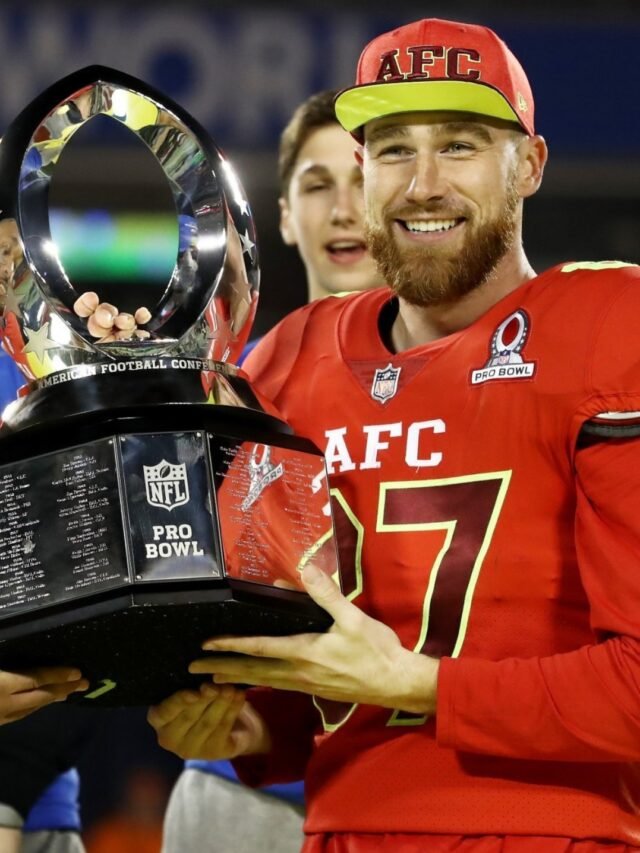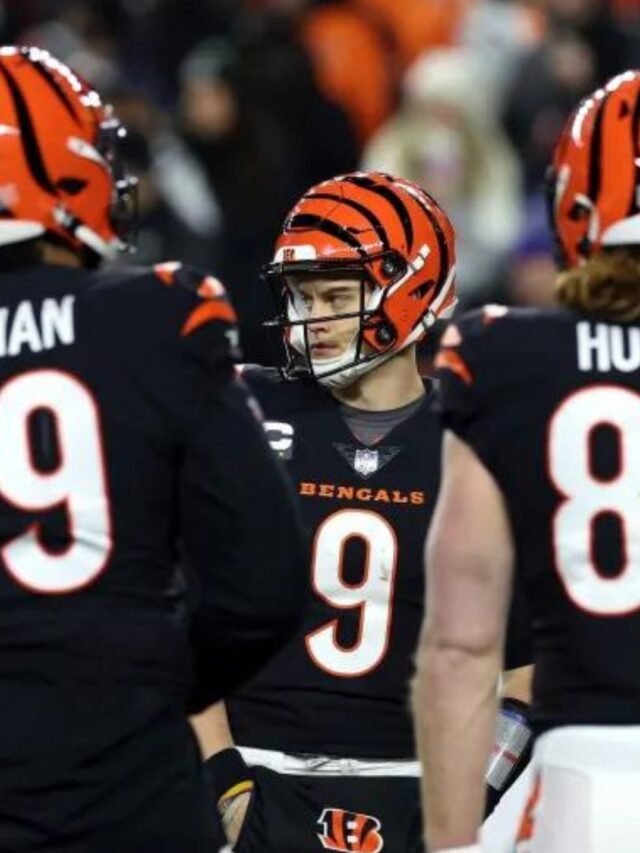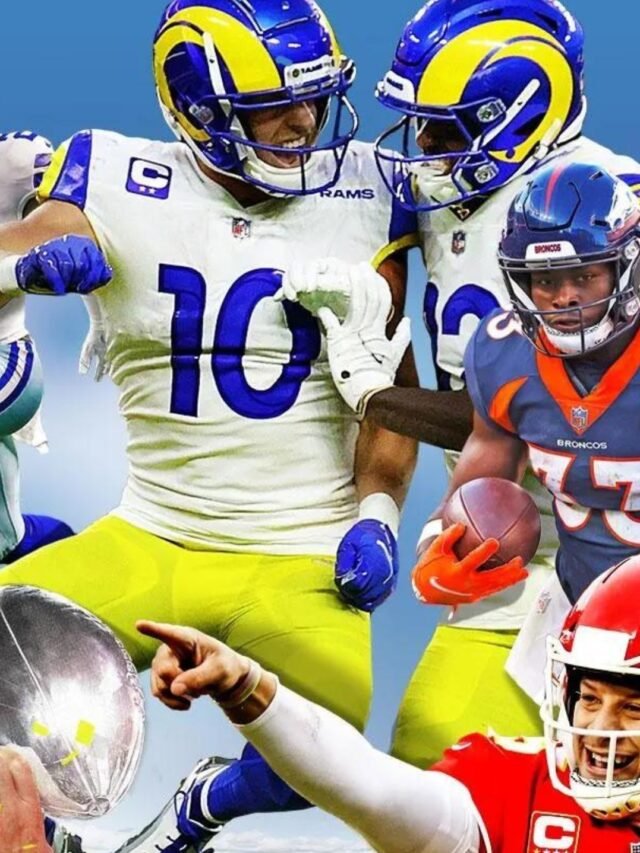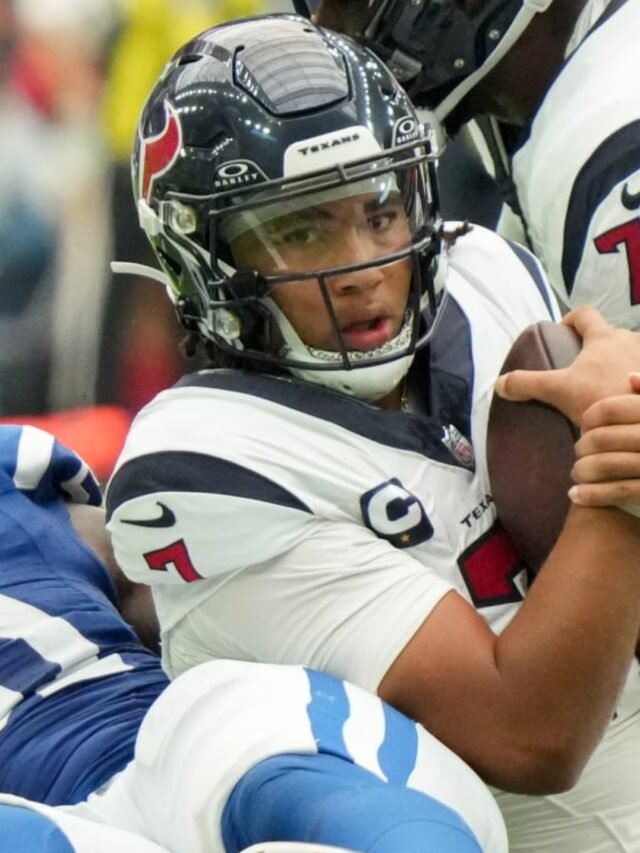The NFL Draft represents a critical juncture in the careers of young football players and the strategic planning of NFL teams. This article provides a detailed analysis of the draft process, highlighting the various elements that contribute to the dynamics of player selection and team strategy helping you to clearly understand if an NFL player can refuse to play or not.
Understanding the NFL Draft Process
The Mechanics of the Draft
The NFL Draft is structured into seven rounds, where teams select players in reverse order of their previous season’s performance. The team with the worst record gets the first pick, aiming to ensure a balance of power within the league.
Teams have a set amount of time to make their picks, which decreases with each round: 10 minutes in the first round, seven in the second, and so on. This time pressure adds to the draft’s strategic complexity.
Player Assessment and Selection Criteria
Prospects are evaluated based on athleticism, football intelligence, and character traits by scouts, coaches, and team personnel. Events like the NFL Scouting Combine offer players a stage to showcase their skills.
Player selection strategies vary between teams. Some prioritize the best available player, while others focus on specific needs or scheme fit. The increasing use of analytics adds another layer to player evaluation, allowing teams to assess performance and efficiency with greater precision.
The Role of Trades in Shaping the Draft
Trades are a pivotal component of the draft, allowing teams to move up or down the draft order. Teams can trade current players or future draft picks to acquire more favorable positions or additional picks, adding a layer of unpredictability and strategy.
Post-Draft Player Development
The selection of a player is just the beginning of their journey. Post-draft, teams invest heavily in training camps and off-season programs to prepare players for the NFL rigors. This period is also crucial for undrafted players, who often become key contributors.
Read: Can a Player be Traded Twice in NFL? NFL Trade Rule Details
Understanding the Franchise Tag
What It Is
The franchise tag is a tool that NFL teams use to retain key unrestricted free agents for an additional year. This mechanism is crucial in situations where a team is unable to agree on a contract extension with a key player.
Types of Tags
- Non-Exclusive Franchise Tag: This is the most common form of the tag. It allows the player to negotiate with other teams, but the tagging team has the right to match any offer. If the tagging team doesn’t match the offer, they receive two first-round draft picks as compensation. The tag’s cost is the average of the five highest salaries at the player’s position over the last five years or 120% of the player’s previous year salary, whichever is greater.
- Exclusive Franchise Tag: Rarely used, this tag binds the player to the team, preventing negotiations with other teams. Its value is either the average of the top five salaries at the player’s position for the current year or the amount of the non-exclusive tag, whichever is greater.
- Transition Tag: Less restrictive, it provides the original team the right of first refusal to match an offer sheet from another team, but there’s no compensation if they choose not to match.
Player and Team Implications
The franchise tag can be a double-edged sword. For teams, it’s a means to retain top talent without committing to a long-term deal immediately. For players, while it guarantees a lucrative one-year contract, it lacks the security of a long-term deal. Players like Davante Adams and Dalton Schultz, for instance, experienced varied outcomes – from signing long-term deals to playing under the tag.
Financial Aspects
Tag values vary by position and are significantly influenced by the salary cap and the top salaries at each position. For instance, in 2021, tag values ranged from around $10 million for safeties to nearly $20 million for quarterbacks.
Usage and Strategy
Teams often use the tag as part of their broader roster management strategy, balancing salary cap constraints with the need to retain key players. However, the tag can sometimes lead to friction between players and teams, particularly when players seek the security of a long-term deal.
Read: Can a NFL Player Play in the NBA? Here are the Complete Facts!
Key Elements of NFL Contracts
NFL contracts comprise several components that define the agreement between a player and a team. These include a player’s salary, bonuses, performance incentives, terms for early termination or renegotiation, injury guarantees, non-guaranteed clauses, and signing bonuses. Understanding these components is essential for both players and teams in managing budgets and building competitive rosters.
The Role of Guaranteed Money
Guaranteed money is a crucial aspect of NFL contracts, providing players financial security regardless of team cuts or career-ending injuries. This includes guaranteed salaries and signing bonuses. While it offers security to players, it also poses risks to teams by limiting their budget flexibility.
Different Contract Types
NFL player contracts vary in structure and compensation. They include incentive-based contracts, contracts with player options, and fully guaranteed contracts. These structures cater to different needs, balancing financial security for players and roster flexibility for teams.
Contract Negotiation Dynamics
The Agent’s Influence
Agents play a pivotal role in contract negotiations, focusing on negotiations, understanding team needs, player values, and the free agency market. Their expertise in contract details is critical in securing favorable terms for players.
Player-Led Negotiations
Some players, like Russell Okung and Laremy Tunsil, have successfully negotiated their contracts, showing varying levels of success and risk. These negotiations highlight the evolving landscape where players are taking a more active role in their career management.
Collective Bargaining Agreement (CBA) Impact
The CBA sets the framework for contract negotiations, including the rookie wage scale, contract length, negotiations, and revenue sharing. It plays a crucial role in ensuring fair compensation and promoting competitive balance across the league.
Contract Negotiation Procedures and Policies
Teams develop specific organizational philosophies and procedures for contract negotiations. Consistency in these policies is key to a team’s long-term success and sustainability.
Future Trends in NFL Contracts
The NFL is likely to see trends like performance-based contracts, shorter contracts, and possibly fully guaranteed contracts in the future. The use of analytics in contract negotiations could also become more prevalent.
The Burning Question: Can an NFL Player Refuse to Play?
Yes, an NFL player can refuse to play, but this decision comes with various consequences depending on the situation. Players under contract may face fines, suspensions, or legal challenges from their teams. Players tagged under the franchise tag, like Davante Adams and Le’Veon Bell, have previously refused to play under the tag, sometimes leading to trades or contract disputes. Draft picks also have the option not to sign with the team that drafted them, but this usually means they cannot play in the NFL for that year and must re-enter the draft the following year, as seen in cases like John Elway and Bo Jackson.
Read: Can a Player Skip the NFL Draft? Everything You Need to Know
Final Remarks
The player choices in the NFL, franchise tag dynamics, and contract negotiations reveal a complex interplay of strategies, financial considerations, and career implications. Understanding these facets is crucial for players, teams, and fans alike, as they collectively shape the game’s competitive and financial future.

